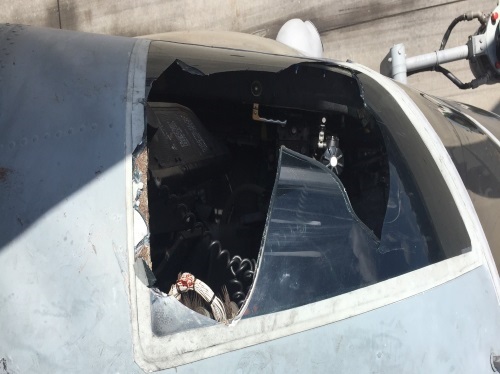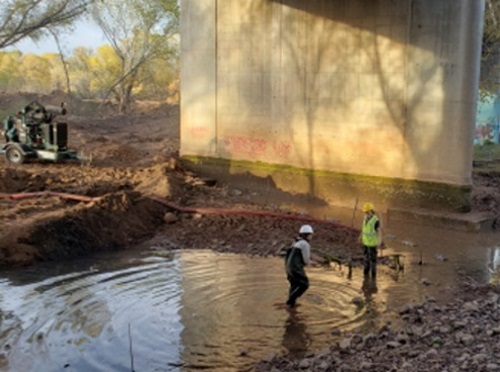FEDERAL ACTION
White House, USDOT Tout Rural Infrastructure Funding – AASHTO Journal
Federal EV charging networks: $5B over 5 years, now states have to submit plans – Green Car Reports
The pandemic drove a sharp dip in greenhouse gas emissions, EPA says – The Hill
Biden waiving ethanol rule in bid to lower gasoline prices – AP
Why Recent Announcements By The White House Around Indoor Air Quality Matter – Forbes
COVID-19
When mask mandates end, advocate asks NJ Transit to have a face covering only car – NJ.com
How Did Public Transportation Affect COVID’s Spread? – Futurity
A very American road rage shooting crisis – NBC News THINK
INFRASTRUCTURE RESILIENCE AND SUSTAINABILITY
Louisiana DOTD Hosts Outdoor Electric Vehicle Expo – AASHTO Journal
‘Investment in the future:’ NC Looks to electric transportation – WNCN-TV
Indiana to spend $100 million on electric vehicle charging stations – The Center Square
Maine DOT gets citizen help planning wind power port – WCSH-TV
Planning and the Complicated Causes and Effects of Congestion – Planetizen
AIR QUALITY
Port of San Diego Welcomes Electric Freight Trucks as it Works Towards Zero-Emission Technology – KNSD-TV
Green infrastructure helps cities with climate change. So why isn’t there more of it? – NPR
With new funding, Washington State Ferries ramps up electric ferry plans – KING-TV
California Proposes 68 Percent Zero-Emission Vehicle Sales By 2030 – Motor1.com
Metrolink becomes first U.S. passenger-rail agency to run on renewable fuel – Progressive Railroading
ENVIRONMENTAL JUSTICE
Transportation Vote in Georgia Focuses on Neighborhoods, Equity – Flagpole
NATURAL RESOURCES
A Lake in Florida Suing to Protect Itself – The New Yorker
Herbicide spraying to begin along roadsides – Watertown Daily Times
EPA Announces Plan to Protect Endangered Species and Support Sustainable Agriculture – EPA (Media release)
CULTURAL RESOURCES
How a Forgotten Bit of Infrastructure Became a Symbol of Civic Pride – The New Yorker
Why American License Plates Are Such A Mess – Cheddar (Video)
Saving the Legacy of Pittsburgh’s City Steps – Governing
Improvements coming to Jackson’s MLK Equality Trail – WSYM-TV
HEALTH AND HUMAN ENVIRONMENT/ACTIVE TRANSPORTATION
Bird pilot aims to give NYC wheelchair users reliable and fast transport options – Smart Cities Dive
Albany, Georgia commissioners to apply for federal grant for Rails to Trails – WALB -TV
FEDERAL REGISTER NOTICES
Fiscal Year (FY) 2021 Competitive Funding Opportunity: Standards Development for Bus Exportable Power Systems (BEPS) – FTA (Notice of funding opportunity)
White House Environmental Justice Advisory Council; Notification of Virtual Public Meeting – EPA (Notification for a public meeting)
Charter Renewal of the Regional Resource Stewardship Council – Tennessee Valley Authority (Notice)
Public Meeting of the Glen Canyon Dam Adaptive Management Work Group – Bureau of Reclamation (Notice of public meeting)
Noise Exposure Map Notice: Receipt of Noise Compatibility Program and Request for Review – FAA (Notice)
Permanent Closure of the Public-Use of East Hampton Airport – FAA (Notice)
Takes of Marine Mammals Incidental to Specified Activities; Taking Marine Mammals Incidental to BNSF Railway Bridge Heavy Maintenance Project in King County, Washington – NOAA (Notice; issuance of two incidental harassment authorization)


